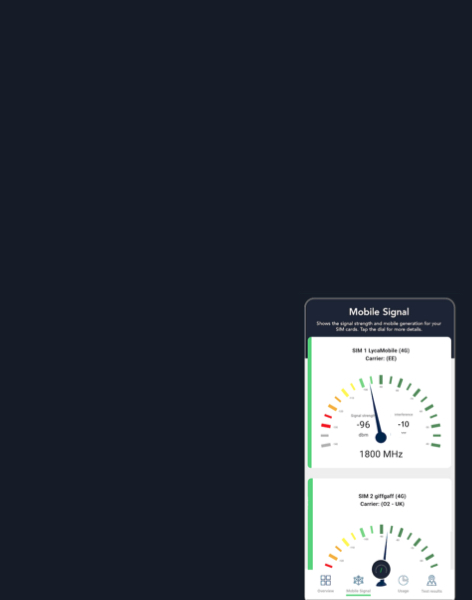Are spectrum auctions on the way out?
As the number of auctions declines, what comes next? This is one of the topics for our training courses this autumn.
The global wave of “5G auctions” is slowly coming to an end. It started in 2018, when South Korea became the first country in the world to award 5G spectrum in the 3.5 GHz and 28 GHz bands. Most major countries have now completed their 5G auctions.
This year, fewer countries than ever are holding auctions. Since 2020, we’ve noticed a consistent year-on-year decrease in the number of licences added to our industry-leading Spectrum Policy Database, which tracks global spectrum assignments.
This is not unusual. Spectrum auctions are cyclical, often peaking with the launch of a new generation of mobile technology. Ericsson estimates that 5G now reaches 2.4 billion people. Perhaps it’s no surprise, then, that the auction momentum has slowed.
There are, of course, a few stragglers. Countries that, for one reason or another, have yet to auction important 5G bands. Türkiye, for example, announced just this week that it would hold its 5G spectrum auction in October, half a decade behind most European countries.
Could 6G be different?
But as regulators and industry look ahead to 6G, they’re beginning to wonder if the next mobile generation might be different.
Pressure is growing on the traditional spectrum auction format. Mobile operators complain that spectrum is too expensive, particularly as their revenues decline. Simultaneously, there is less available “greenfield” spectrum, with most target 6G bands being highly contested and sought after by various competing industries.
Added to this mix is a change in mobile data traffic growth trends. An industry which has previously contended with 70% annual growth in traffic is now looking at around 20%. In the past, operators have typically needed more spectrum to cope with demand. As growth is beginning to slow, this dynamic could change.
Want to learn more?
How can regulators and industry alike approach this new paradigm? We suggest attending one of PolicyTracker and LS telcom’s upcoming training courses this autumn. These courses, which have been running since 2008, tackle some of the biggest questions in spectrum management, including how to optimise auction design, consider the role of international coordination and balance debates between sharing and exclusive licensing approaches.
Our five‑day flagship course is Understanding Modern Spectrum Management (15–19 September, London/online). This course delivers a comprehensive grounding in spectrum policy. You’ll hear from various industry experts, including Professor Martin Cave, Professor William Webb, and our very own Martin Sims.
In October, we also offer two more focused programmes: Valuing the Spectrum (7–8 October), which explores how to benchmark and value spectrum, and Spectrum Auctions Training (9–10 October), which combines theory with participation in live mock auctions using professional software. Taken together, these courses are designed to give practitioners both the big picture and hands‑on experience.
Here’s what PolicyTracker covered this week:
- In a new report, British mobile operator BT called for a doubling of available mobile spectrum in the UK. Some analysts argue this isn’t necessary.
- Japanese operator KDDI (au) said it had signed up one million users to its satellite direct-to-device (D2D) service that it offers in partnership with Starlink. We compare other data showing Starlink’s D2D momentum.
- Saudi Arabia revealed its spectrum priorities in a new report. The country is looking to enable automated frequency coordination (AFC) in the 6 GHz band and hopes to auction L-band and mmWave spectrum.
- The European Broadcasting Union (EBU) is planning to compile a study of PMSE spectrum use in Europe in a bid to provide reliable evidence for PMSE spectrum requirements, particularly in the 470-694 MHz band.
- BT has asked UK regulator Ofcom for more favourable conditions for its planned upper 1400 MHz auction.
